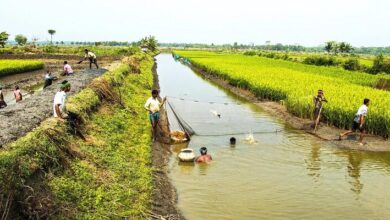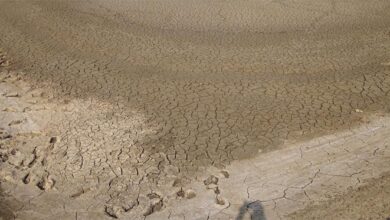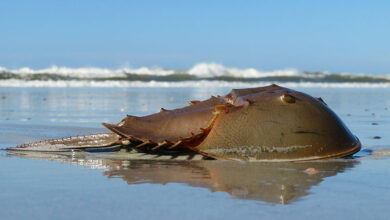
Bangladesh’s coastal region portray a dramatic picture. The population is quickly increasing. Despite a growing tourism industry, poverty persists, and natural resources are ruthlessly exploited. As a result, the ecosystem suffers greatly and biodiversity declines, further fueling the vicious circle of poverty. Consider the option that either promote environmental well-being or cause environmental damage in order to raise environmental awareness.
Do you think aquatic biodiversity is essential for human?
Aquatic biodiversity refers to the diverse range of plants and animals that live in watery environments. Sustaining biodiversity is critical to the health of our environment and the quality of human life. Our aquatic biodiversity provides food, energy, jobs, atmospheric oxygen, buffers against new diseases, pests, and predators, and protection from food shortages and global climate change.
However, because aquatic environments are under intense pressure, greater care is required if aquatic communities, species, populations, and habitat are to survive. Aquatic species are the only remaining non-domesticated food resource of significant importance, and conservation policies must reflect this. Efforts to conserve terrestrial wildlife have always focused on ecosystem-level preservation, and aquatic wildlife should follow suit.
What is the need for and significance of raising awareness about aquatic biodiversity conservation?
Protecting aquatic biodiversity, precautionary measures must be implemented to control external stressors such as pollution, agricultural runoff, and deforestation. Awareness need
- To reduce pollution in the air, water, and land.
- To aid in the conservation of natural resources for future generations.
- To ensure biodiversity protection.
- To implement long-term development.
It is critical to raise public awareness in order to increase enthusiasm and support, stimulate self-mobilization and action, and mobilize local knowledge and resources.
How can you promote awareness?
In developing countries such as Bangladesh, governments lack the assertiveness and financial resources to successfully implement conservation and resource management projects. Awareness raising program will help to provide opportunities for everyone to gain the knowledge, values, attitudes, commitment, and skills. These are needed to protect and improve the aquatic biodiversity.
- Support of institutions that promote biodiversity protection and. restoration
- Support of local and regional biodiversity conservation projects.
- Reducing consumer waste (food, clothing, electrical appliances, etc.)
- Educating children on biodiversity, ecosystems, threats to them, and opportunities to restore them.
- Making use of eco-friendly products. Safely dispose of hazardous materials. Because, chemicals that contaminate freshwater and ocean ecosystems can enter the sewer system.
- Using natural pest control products and methods such as BT (Bacillus thuringiensis) for caterpillar infestation
- Using pesticides with low residual effects such as pyrethrins, insecticidal soaps, and dormant oil sprays; control aphids with a high-pressure water stream from a hose
- Using barriers and collars around plants to keep pests away
Besides these, raising political awareness is especially important because policymakers and politicians are key players in the policy adaptation process. The leading cause of biodiversity loss is a lack of public awareness about biodiversity conservation. Therefore, we should aware about the impact of biodiversity loss in human life and mitigate the degradation of aquatic biodiversity
Farhana Islam
Agriculturist, Researcher




